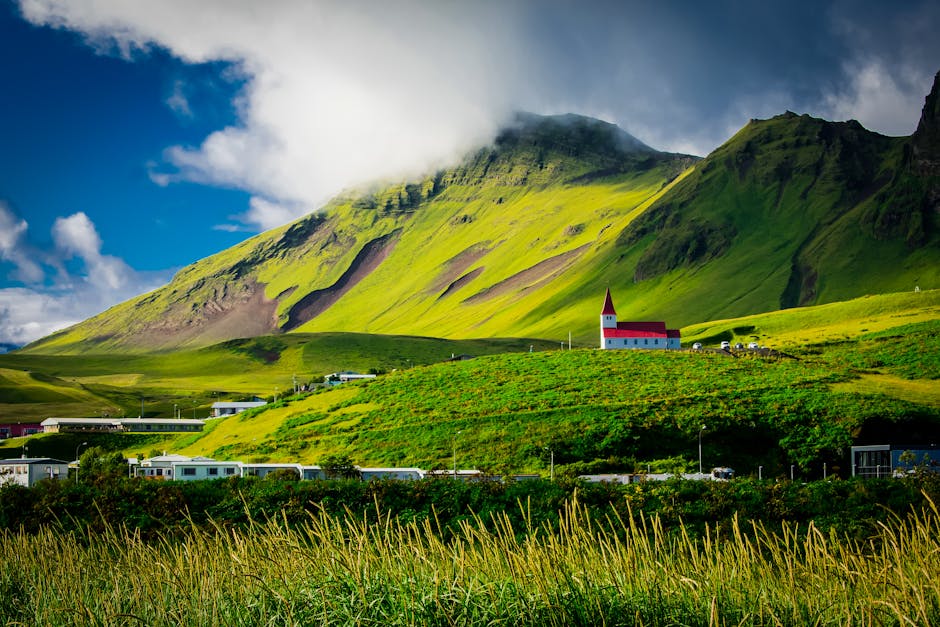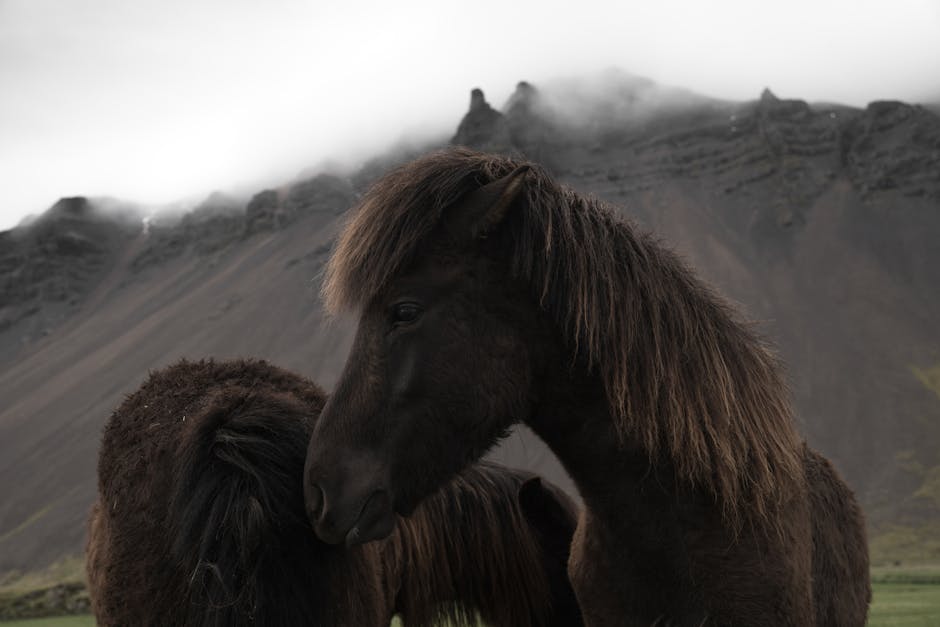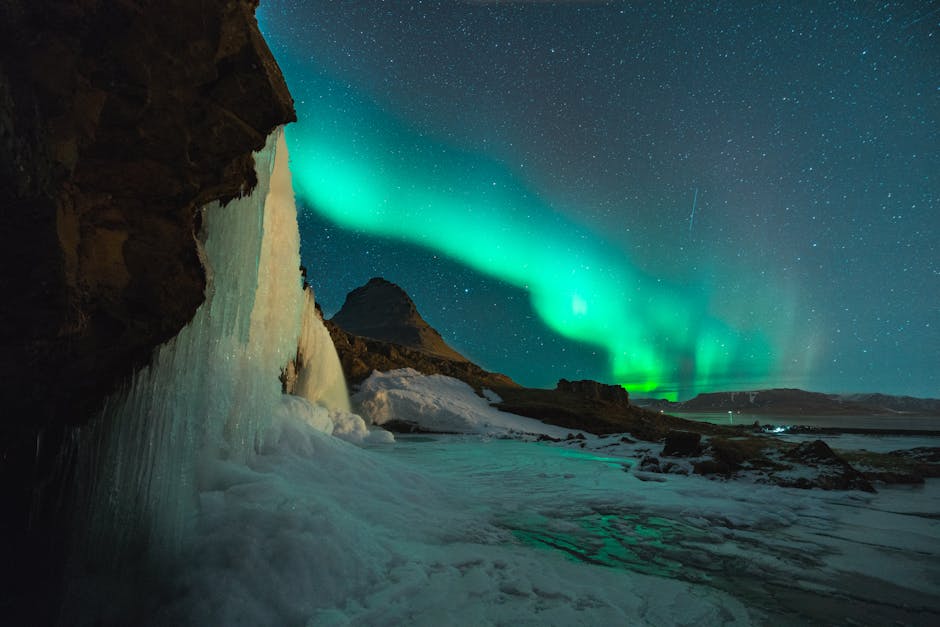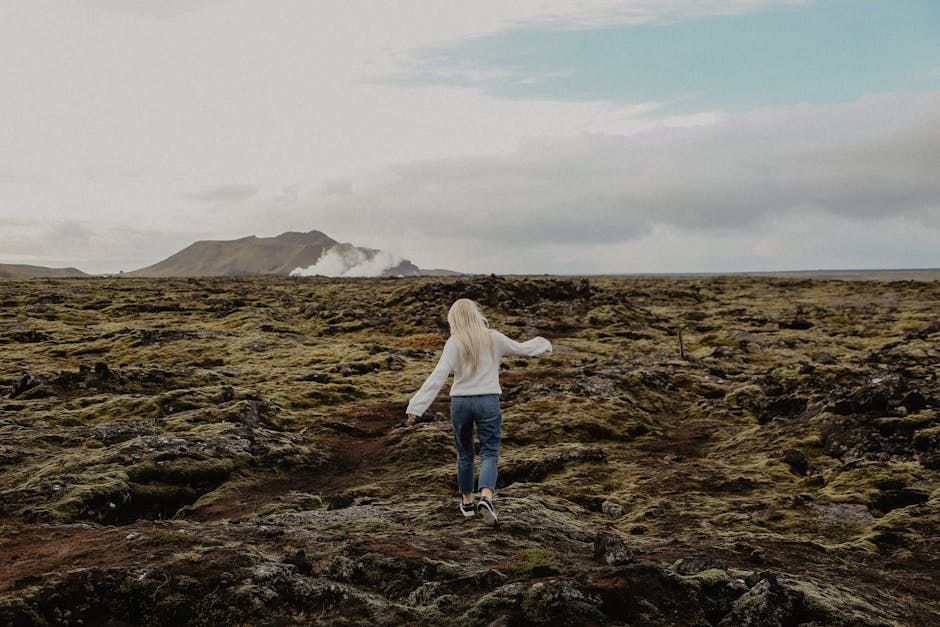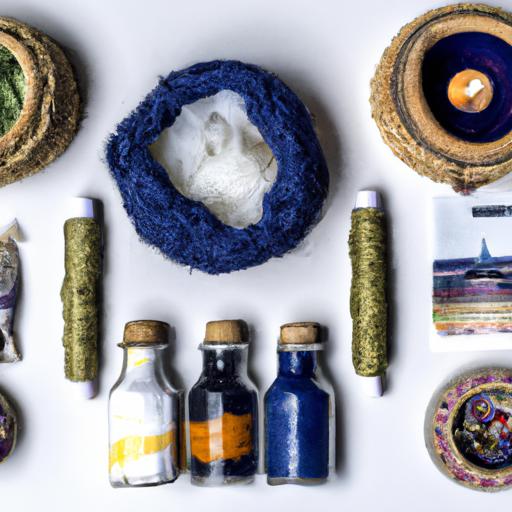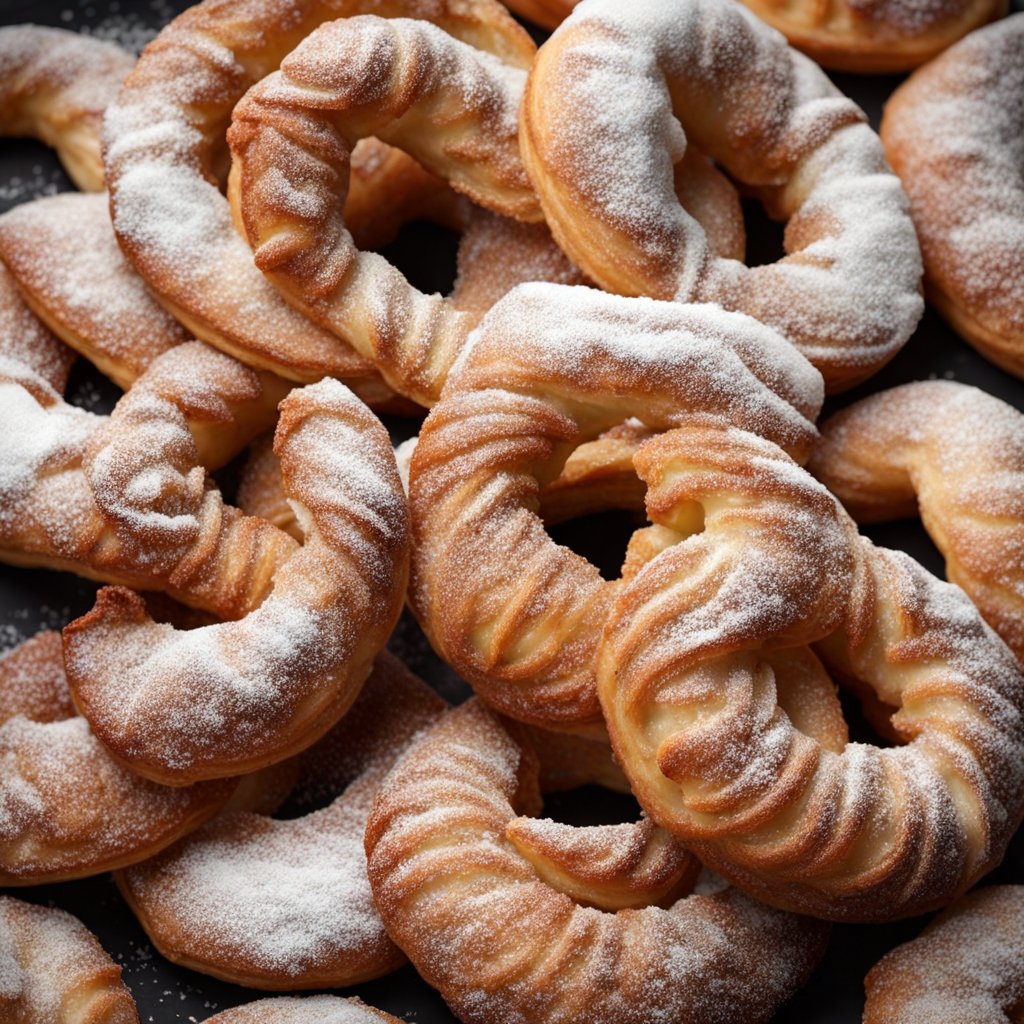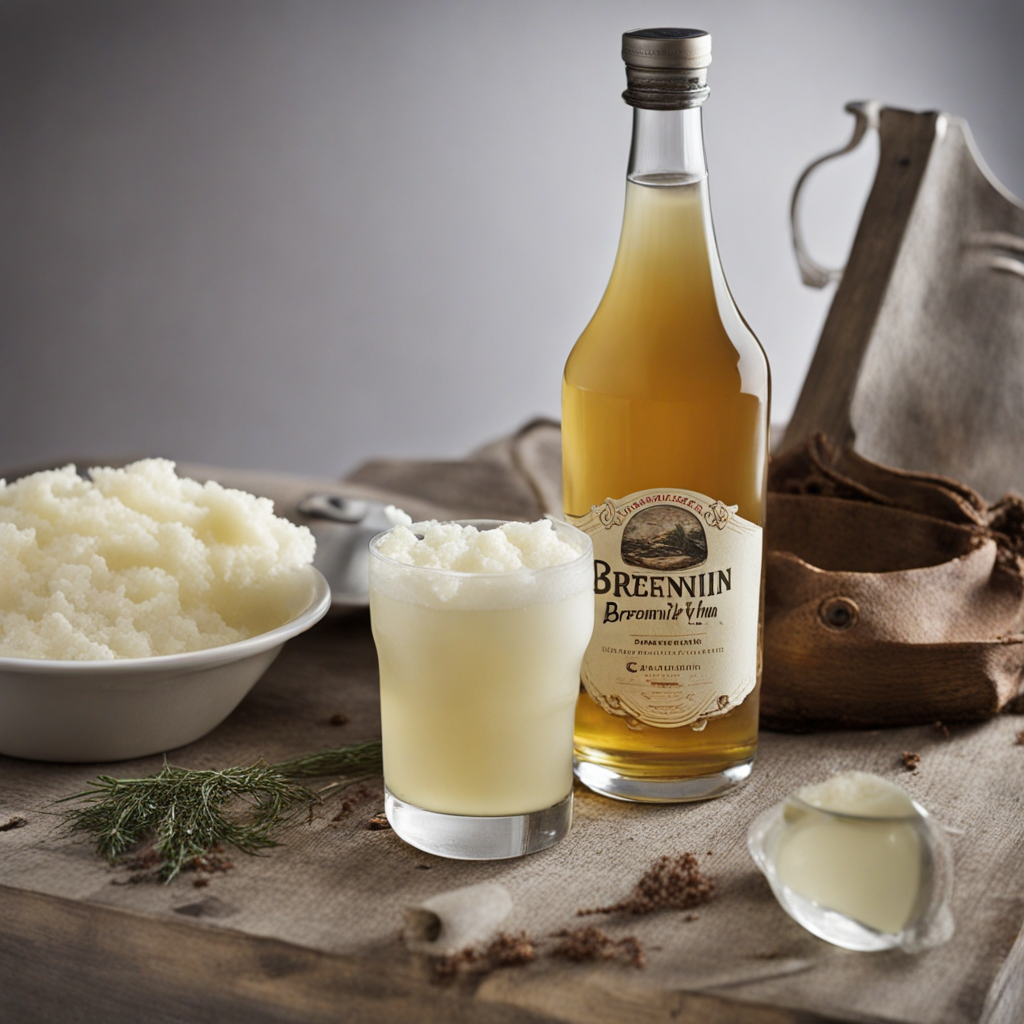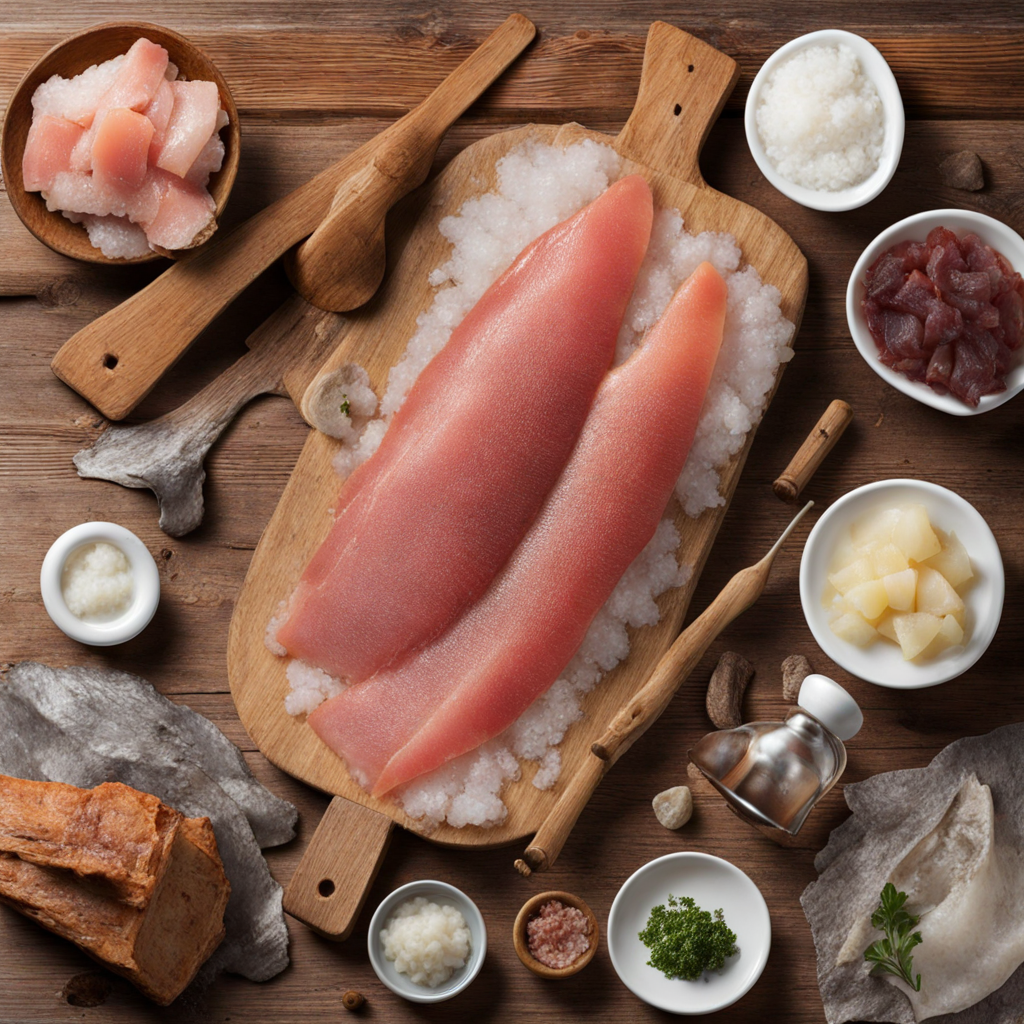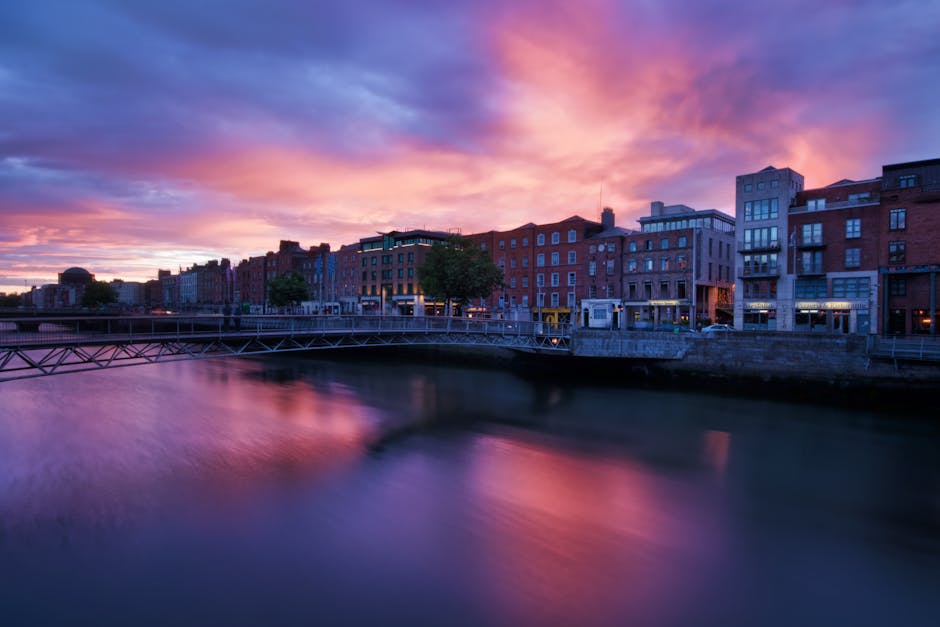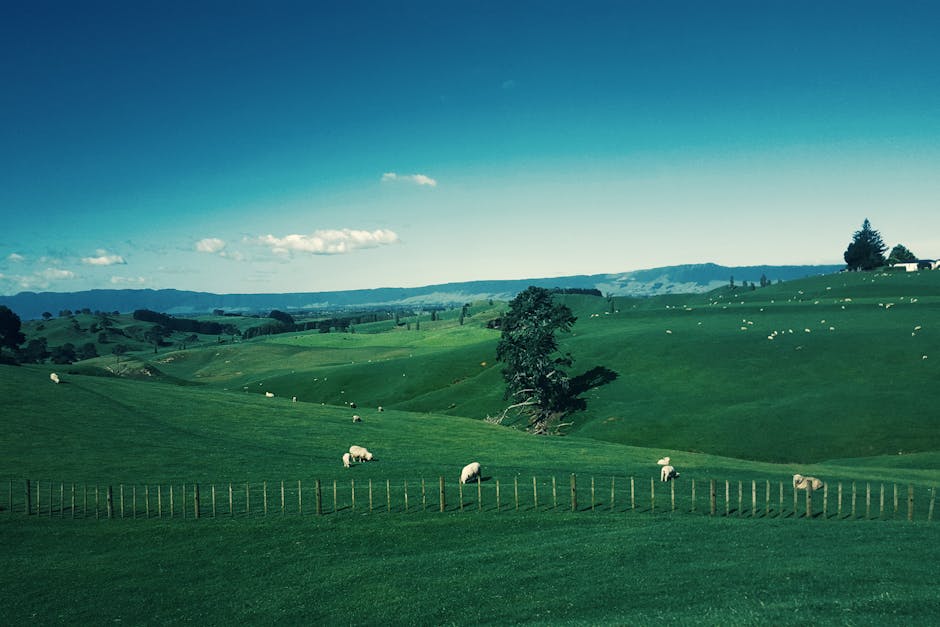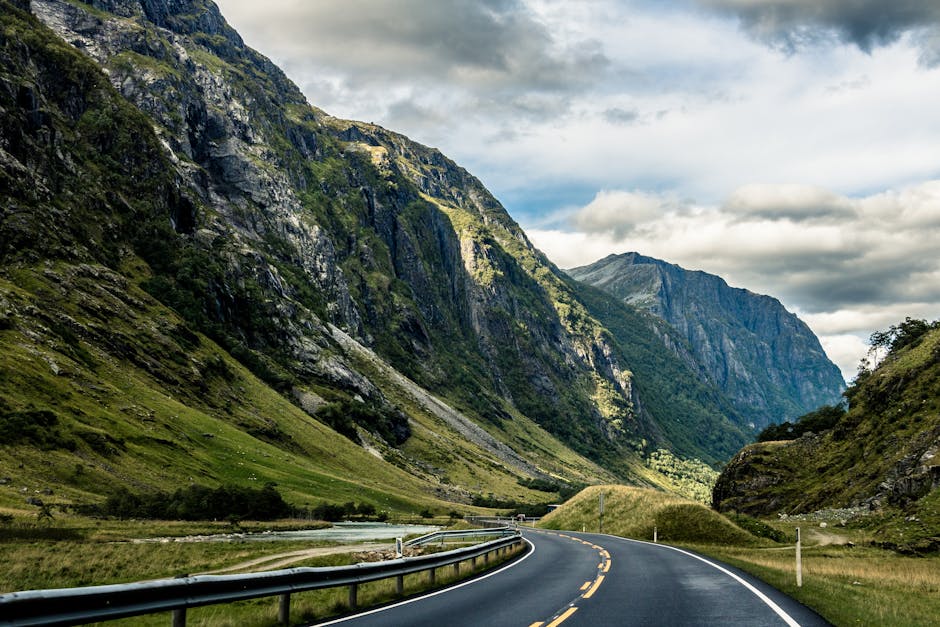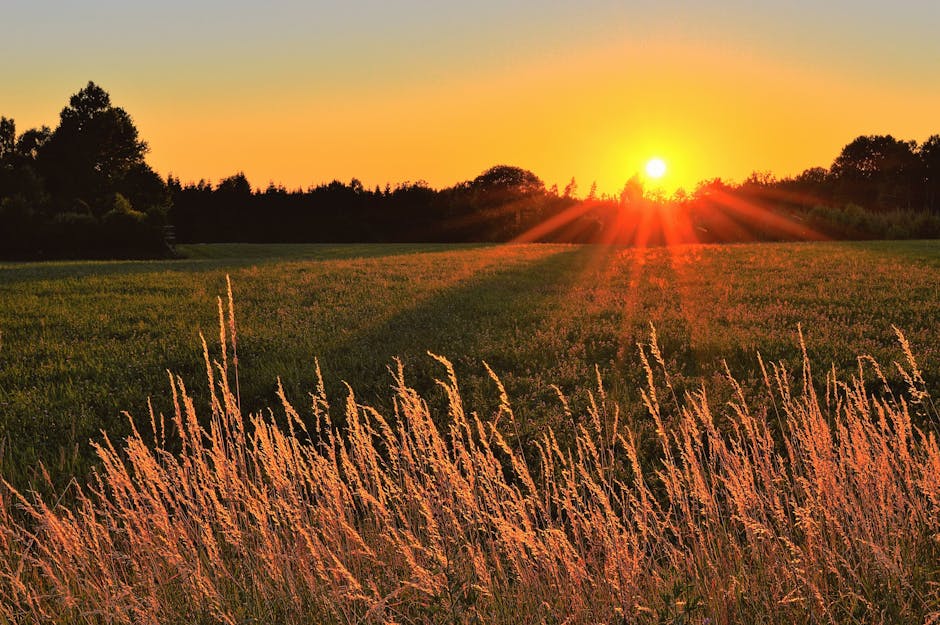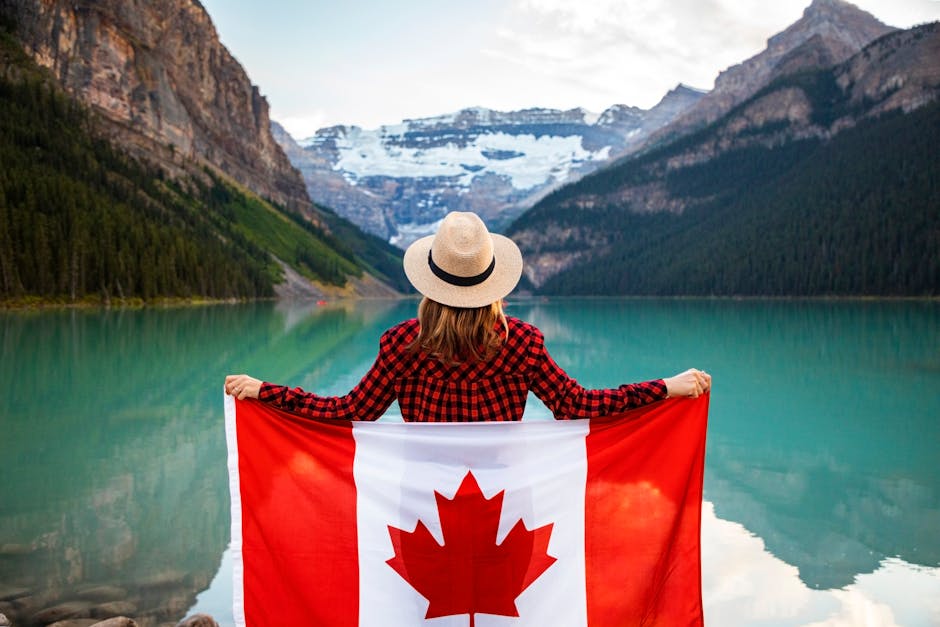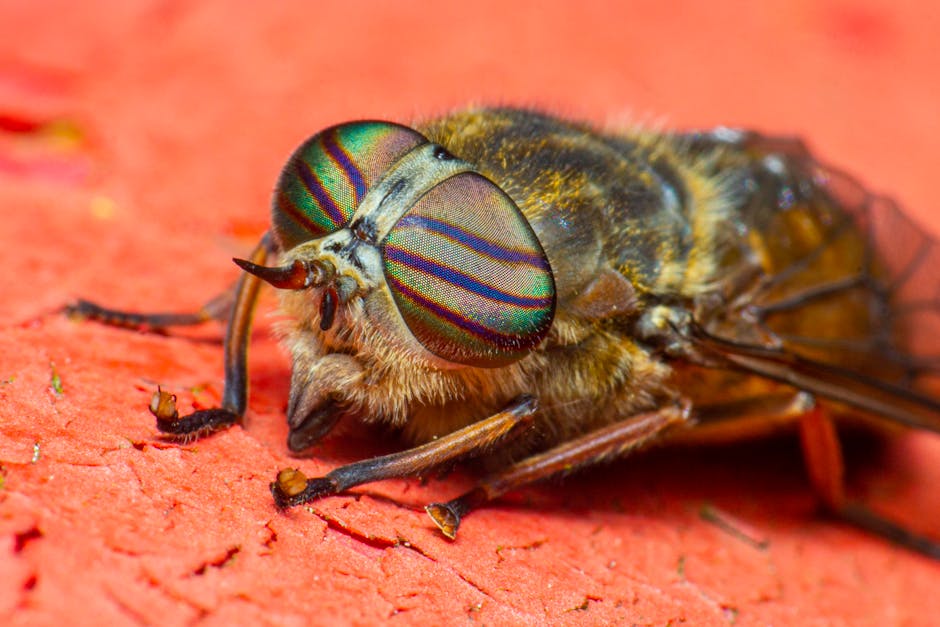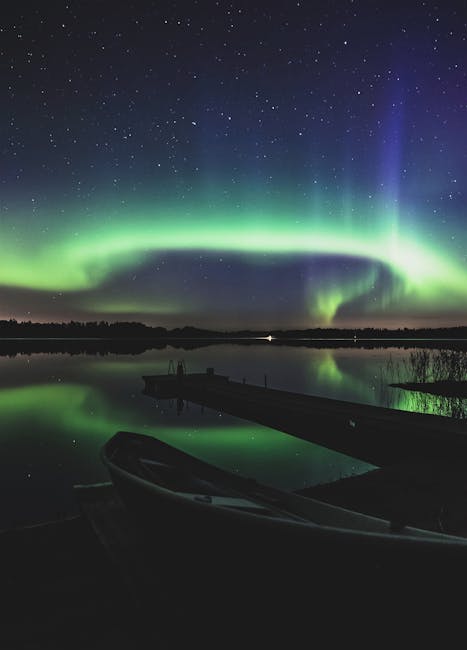Iceland
Overview
Iceland, famously known as the 'Land of Fire and Ice', is a breathtaking Nordic country located in the North Atlantic Ocean. Rich with culture and stunning natural landscapes, Iceland captivates visitors with its volcanic and geothermal activity, glacial rivers, and vibrant Icelandic folklore. Known for its long summer days with nearly 24 hours of daylight, and winter nights illuminated by the mesmerizing Northern Lights, Iceland is indeed a unique destination. The cultural scene is a vibrant mix of ancient Nordic traditions and contemporary style, with an emphasis on a wide range of music, literary heritage, and culinary delights. The Icelandic people are known for their hospitality, eco-friendliness, and innovative use of geothermal energy.
The high season for tourism in Iceland is during the summer months, from June to August. During this period, the weather is mild with temperatures averaging around 10-15 degrees Celsius, and visitors get to enjoy long days due to the midnight sun phenomenon. This is an excellent time for outdoor activities such as hiking, exploring the countless waterfalls, visiting the black sand beaches, and partaking in bird watching as puffins are abundant during this season. However, if winter activities and the Northern Lights are on your bucket list, consider visiting between September and March when the conditions are optimal for these experiences.
Before traveling to Iceland, it's essential to come prepared for diverse weather conditions. Layers are key as the weather can fluctuate throughout the day. Waterproof clothing and good hiking shoes are recommended for exploring the natural landscapes. If you plan on swimming in one of Iceland's many geothermal pools, don't forget your swimsuit. English is widely spoken in Iceland, so language should not be a barrier. However, learning a few words in Icelandic can enhance your cultural experience. Lastly, always respect the nature and follow guidelines as the ecosystem can be sensitive. Iceland is a safe country, but like anywhere, it is important to be mindful of your belongings and surroundings. With the right preparation and respect for the environment, a trip to Iceland can be a memorable adventure for any teenager.
A Glimpse into the Past
Iceland, often referred to as the "Land of Fire and Ice," is a unique destination that boasts a rich tapestry of history, culture, and natural wonders. Its history dates back to the late 9th century when Norse settlers first arrived. The island was officially settled in 874 AD, primarily by Norsemen from Norway and some Celts from the British Isles. These early settlers established a society that was heavily influenced by the Viking Age, with a strong emphasis on community and governance.
The establishment of the Althing in 930 AD marked a significant milestone in Icelandic history. It is one of the oldest parliaments in the world and served as a national assembly where chieftains would gather annually to discuss laws and settle disputes. This institution reflects the early Icelandic commitment to democracy and communal decision-making, which is a cornerstone of Icelandic culture even today. The Althing convened at Þingvellir, a site of incredible geological significance that is now a UNESCO World Heritage site.
As the centuries progressed, Iceland faced numerous challenges, including harsh climatic conditions and external threats. In 1262, after a period of internal strife and civil war, Iceland entered into an alliance with Norway under the Old Covenant. This union transitioned power away from local chieftains to the Norwegian crown, leading to a period of relative stability but also to the loss of independence. The union with Norway lasted until 1814 when the Treaty of Kiel transferred Iceland to Denmark.
The period of Danish rule was marked by significant cultural and social changes. Danish policies imposed restrictions on trade, which often stifled local economic growth. However, the Enlightenment period in the 18th century sparked a national awakening among Icelanders. Figures like Jon Sigurdsson emerged, advocating for independence and cultural revival. This movement laid the groundwork for the eventual assertion of national identity and self-governance.
The 19th century was a pivotal time for Iceland. The Icelandic National Awakening fostered a resurgence in literature, language, and folklore, as evidenced by the work of writers such as Jónas Hallgrímsson and Grímur Thomsen. The Romantic movement inspired many Icelanders to explore their heritage, leading to the collection and publication of traditional sagas and folk tales. These stories not only celebrate Iceland’s Viking roots but also highlight its stunning landscape and unique cultural identity.
The push for independence gained momentum in the early 20th century, culminating in the establishment of the Republic of Iceland in 1944, during World War II. Iceland's strategic location made it a vital ally for the Allies, and the presence of American troops during the war further catalyzed its path to sovereignty. The republic was founded in a climate of optimism, and it marked the beginning of modern Icelandic governance and international recognition.
Today, Iceland is known for its breathtaking natural beauty, including Geysir, the famous geothermal area where the geyser Strokkur erupts every few minutes, and Gullfoss, a stunning waterfall that showcases the island’s rugged terrain. The Golden Circle route encompasses these attractions along with Þingvellir National Park, making it one of the most popular tourist destinations. This region not only showcases Iceland's stunning landscapes but also serves as a reminder of its historical significance.
Visitors to Iceland are enveloped by its unique geology, which includes active volcanoes, glaciers, and hot springs. The Blue Lagoon, a geothermal spa near Reykjanes Peninsula, is a must-visit destination, combining relaxation with the opportunity to experience Iceland’s geothermal wonders. The lagoon's milky blue waters, rich in minerals, provide a therapeutic experience against the backdrop of a volcanic landscape.
The northern lights, or aurora borealis, are another highlight for travelers. From late September to early April, the skies transform into a canvas of vibrant colors, attracting photographers and adventurers from around the world. The best viewing spots are often located away from city lights, in places like Þingvellir or remote areas in the Westfjords.
Icelandic culture is also enriched by its folklore, which includes tales of elves, trolls, and hidden people. Many Icelanders still believe in these mythological beings, which adds a whimsical charm to the nation’s identity. The Elf School in Reykjavik offers visitors an insight into these beliefs, allowing them to engage with the enchanting aspects of Icelandic culture.
In recent years, Iceland has gained attention for its progressive social policies and commitment to gender equality. The country is often ranked among the best in the world for women's rights, with a notable history of female leadership. Vigdís Finnbogadóttir, who served as president from 1980 to 1996, was the world's first democratically elected female president, paving the way for future generations of women in leadership roles.
Culinary experiences also play a significant role in Iceland's tourism. Traditional dishes like hákarl (fermented shark), skyr (a yogurt-like dairy product), and lamb soup offer a taste of Iceland’s unique flavors. Modern Icelandic cuisine has also gained recognition, with chefs incorporating local ingredients and innovative techniques to create contemporary dishes that reflect the nation’s heritage.
As travelers explore the island, they will encounter ancient sites like the Reykjavik Cathedral, which stands as a symbol of Iceland's religious history, and Skálholt, a former episcopal seat that played a crucial role in the Christianization of Iceland. These landmarks provide a glimpse into the intersection of faith and culture that has shaped the Icelandic identity over centuries.
The spirit of resilience is deeply ingrained in the Icelandic people, shaped by the harsh environment and historical challenges. This determination is reflected in their commitment to sustainability and environmental stewardship, which is particularly relevant in the face of climate change.
In conclusion, Iceland offers a fascinating blend of history, culture, and natural beauty that captivates travelers. From its Viking roots and the establishment of democracy in the Althing to its modern-day achievements in social equality and culinary innovation, Iceland is a destination that invites exploration and appreciation. With its stunning landscapes, rich folklore, and vibrant culture, Iceland remains a beacon for adventurers and history enthusiasts alike, making it an unforgettable stop on any travel itinerary.
Top cities for tourists in Iceland
Discover the Famous Cities That Might Captivate Your Interests
Must-Try Foods You Can't Afford to Miss
Indulge in a Variety of Fantastic Foods During Your Stay in Iceland
May Be Your Next Destinations
People often choose these countries as their next destination


